Why Neil?
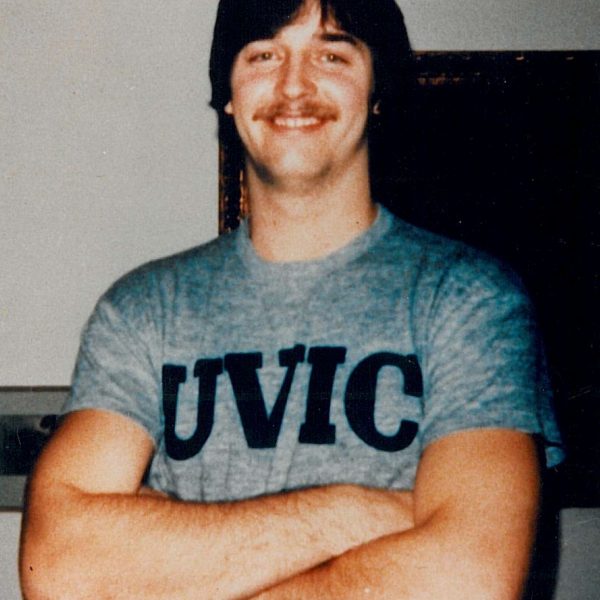
This post is part of the Neil Squire Society’s Powered to Enable campaign. Join us in October as we share the story of Neil Squire and the early days of the Neil Squire Society.
Neil and His Accident
On January 26th, 1981, Neil Squire, an accounting student and basketball star at the University of Victoria, was driving on an icy road in Nanaimo, BC. Only a short distance from his home, his car hit a patch of black ice and skidded into a tree.
David Can Commute Reliably with Technology@Work
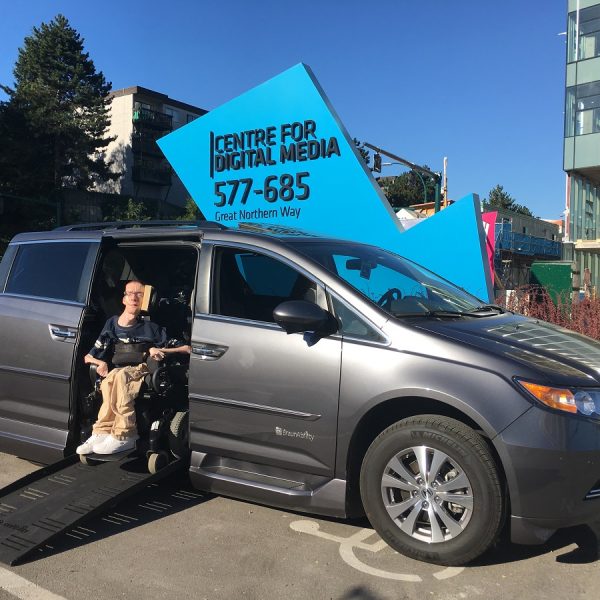
Spinal muscular atrophy is a progressive condition that weakens a person’s muscles. When David was diagnosed with it, his doctors believed he wouldn’t live past the age of two.
“I’ve always been an overachiever. As you can see, not only have I lived past the age of 2 but I have thrived,” says David on his website.
CAOT Conference Workshop

The Canadian Association of Occupational Therapists (CAOT) is hosting its annual conference in Vancouver this year, from June 20th to 23rd. Makers Making Change‘s Zee Kesler will be hosting a pre-conference workshop introducing maker skills to occupational therapists.
KNFB Reader
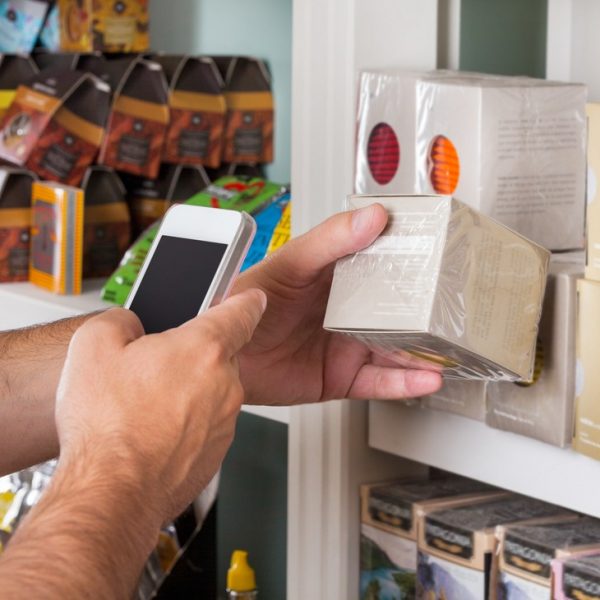
There’s an app on the market right now that’s changing how blind, low-vision, dyslexic, and other print-disabled users are able to interact with text. KNFB Reader uses Optical Character Recognition (OCR) technology to instantly capture and convert virtually any type of text into audio or Braille which can then be played back, shared, or printed from a Braille embosser.
The Live Scribe PDF

In a previous e-bulletin we discussed some of the different kinds of Digital Pens that are on the market right now. If you aren’t familiar with digital pens, we suggest you take a look back at the article. To put it briefly, Digital pens are highly advanced and compact pieces of assistive technology that perform a wide variety of diverse functions from scanning, to converting written text into digital, to acting like a mouse. These devices look like pens, but perform many of the same tasks as computers.
Albert Experiences a Safer Commute with Technology@Work

Albert has been working as a software engineer and developer since 2010. “I am self-employed, but I work with this company right now on contract. The company does music and digital media distribution.”
Albert was born with osteogenesis imperfecta, which is characterized by brittle bones. The condition makes him prone to fractures. He uses crutches for short distances and a manual wheelchair for longer distances.
Spotlight on Technology: The Apple Pencil
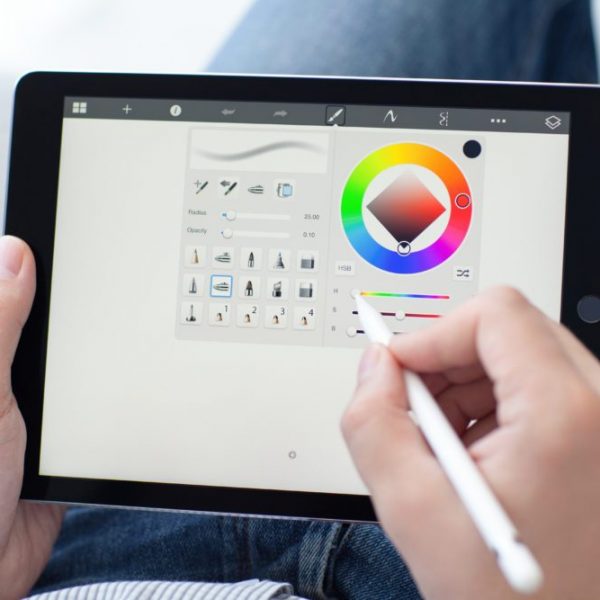
Apple has a well-deserved reputation for offering universally designed products that come packed with accessibility features right out of the box. The iPad is a great example of this, and since its launch in 2010, the iPad has dominated the tablet market by creating easy-to-use and accessible products that range in application from casual use in one’s home to a more fast-paced, professional environment.
The newest iteration of the iPad, the iPad Pro, caters more to professional use, offering a larger, more powerful device that is supported by the accessory that we are going to be focusing on today: The Apple Pencil.
Ideaphora: Browser-Based Concept Mapping
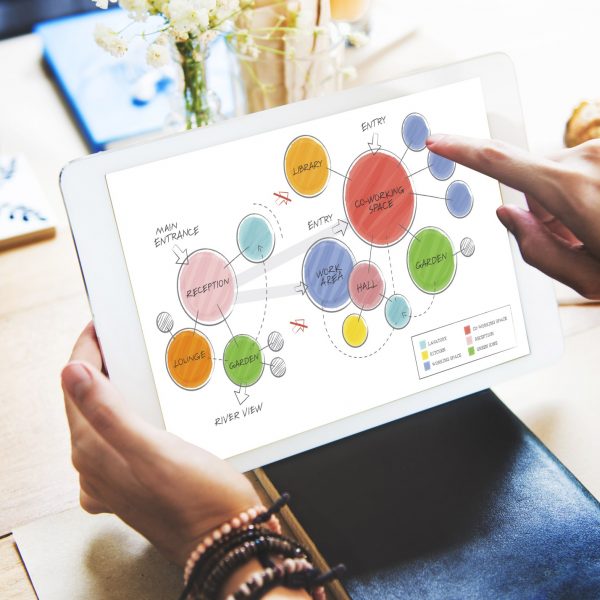
For visual learners, mind mapping is often the most effective way of breaking down complex concepts. And while there is no shortage of good options available, Inspiration Maps has typically been our top choice for this type of software. However, we’ve recently become aware of a new contender in the arena of mind mapping that bears discussion.
Ideaphora takes the basic concept of mind mapping software a step further by integrating media directly into the content of the diagram, providing learners with a more diverse and multi-media approach to study that supports multiple means of expression. The only downside to this approach is that Ideaphora ends up being less user-friendly than its competitors, trading simplicity for depth of content.
SensusAccess: Helping Users Create Accessible Content
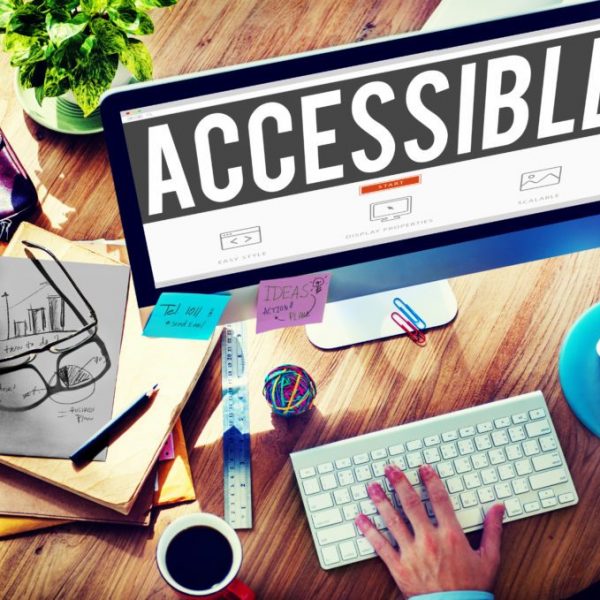
Creating accessible content isn’t always easy, but, alternative solutions to traditional media are needed in order to ensure that individuals with disabilities are able to make use of that content. Granted, the acceptance and implementation of universal design philosophy is making a huge impact in this regard, with companies such as Google and Amazon offering universally designed products out of the box. However, for smaller organizations, non-profit groups, and educational institutions, creating content that is universally designed can be cost-prohibitive and extremely time consuming. However there is a service available online which is tackling this issue head on, and in today’s e-bulletin we’re going to look a bit closer at this service and see how it could be used to create cost-effective and accessible content.
Spotlight on AT: OrCam MyEye 2.0
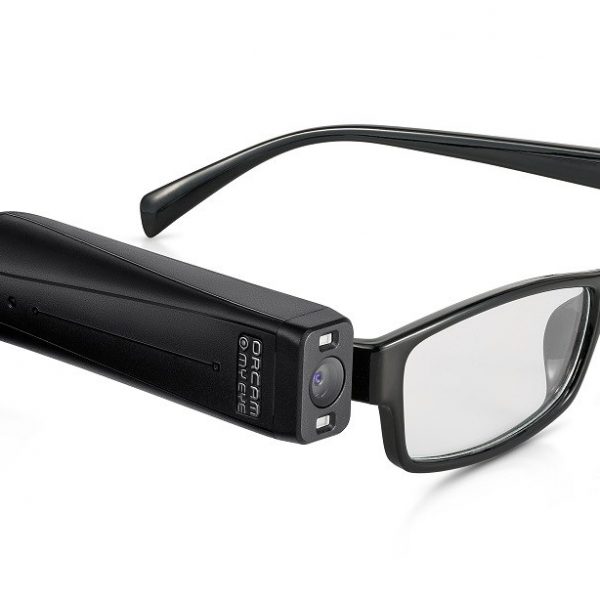
In this e-bulletin, we’re going to put the spotlight on an incredible new piece of assistive technology: The OrCam MyEye 2.0. Designed for blind and partially sighted users, this device employs a lightweight smart camera that’s been designed to read text aloud and to recognize faces, products and money, allowing users to independently interact with the world around them in a way that wasn’t possible before the advent of this technology.



